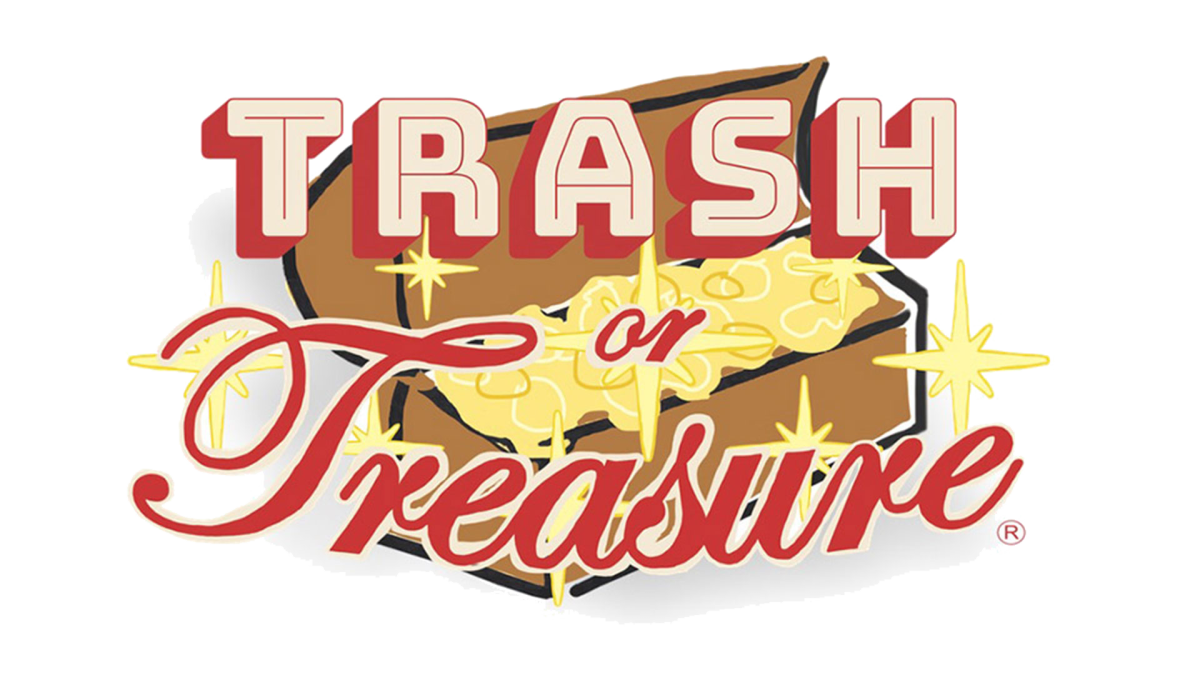It’s nine o’clock at night and I’m at the studio bending and contorting my body beyond its limit as sweat drips down my face. Twenty-plus hours of my week are spent twirling on pointe shoes and leaping in jazz shoes, resulting in bruised toenails, blistered feet, and bloody toes. I compete at cutthroat competitions with some of the most proficient athletes of all time and come home with sore muscles and aching bones. I am a dancer, and I go through the same hardships as any other athlete, yet I am told that dance is not a sport. This ideology that dance isn’t a sport is a fallacy that our society must quickly be made aware of.
Sport is defined as “an athletic activity requiring skill or physical prowess and often of a competitive nature.”
Starting with the first part to that definition: Skill. In order to complete a proper single pirouette, or in non dancer terms: one turn, the dancer must hold their leg in a posse position, spot, keep their shoulders down, hold their rib cage in, hold their arms in first position, point their toes, rise to releve, turn out their working leg, keep their supporting leg straight, and end clean all the while smiling and making it look effortless. Just listening to the list of instructions to maintain proper technique on one beginner move sounds difficult, and after analyzing it in depth one can see that it obviously takes skill to complete. This is one of the many moves that dancers do, and there are several more that all require different technical procedures that the dancer must analyze. Whenever they put all of their moves together to complete a dance, it takes even more skill from them.
Next, the second part of the definition: Physical Prowess. The usual warm-up of a dancer taking a ballet class is a 45 minute long barre routine. This routine involves various combinations of eight different ballet exercises, starting with plies and ending with grand battements. A typical jazz or contemporary warm-up starts with the dancer completing a cardio workout to prepare muscles for dancing. After this workout there is an intense stretching session followed by going across the floor completing technique exercises. Dance requires use of every muscle rather than just a few, making it an extremely physically-demanding sport.
Finally, the third part of the definition of a sport: Competitive nature. Dancers travel all around the world to compete. Preparation for a competition includes attending practices every single day, typically lasting three to four hours and ending late at night; learning choreography for a dance in one day and practicing that dance months before competition; and getting yelled at by the director as she cleans the dance until it is absolutely perfect. Once at a dance competition, dancers are assigned a time in which they will go onstage to compete. When that time comes, they go onstage and perform what they have prepared for months in front of judges, an audience, and the rest of the competitors that they are up against. If the dancer messes up, that’s it; they only have one chance. The judges determine which dance was the best that day and whoever is announced as the winner will receive the big trophy and sometimes a cash prize. Dance is an extremely competitive sport, and dancers are in it to win it and nothing less.
Many people argue that dance isn’t a sport because it is seen as more of an art. Although it is, in fact, true that dance is an art, it’s a special form of art that also doubles as a sport. Dance is a sport that is designed to entertain an audience. Even though dancers feel like an elephant stepped on their toes while they’re under the bright lights dancing on the tip of their toes with little to no padding protecting them, an audience wouldn’t enjoy watching someone dancing if their face looked like. To please the audience, the dancers must disguise their pain in order to please the crowd. Due to the fact that dancers make their art/sport look so effortless, the audience is led to believe that it indeed is easy, when in reality that couldn’t be further from the truth.
If after being educated on what goes on behind the scenes in the life of a dancer the ideology that dance isn’t a sport is still existent, I recommend trying the sport out. It’s easy to watch a dancer tombé pas de bourée glissadé assemblé across the stage, but doing it and even comprehending what it means is a completely different story. Dance requires skill, physical prowess, and a competitive nature, all while the dancer is to be graceful and elegant, making it not only a sport but the ultimate sport.

